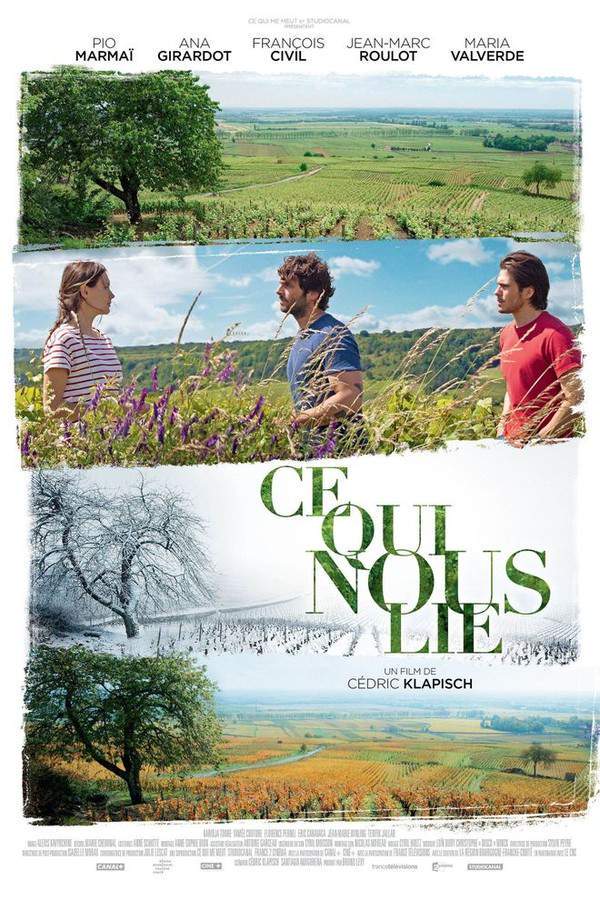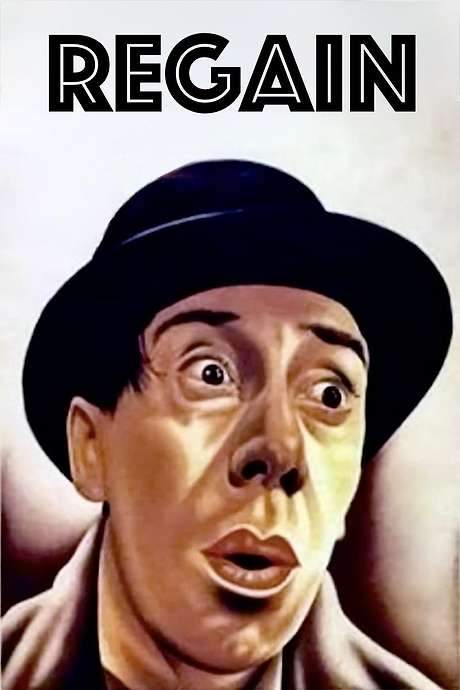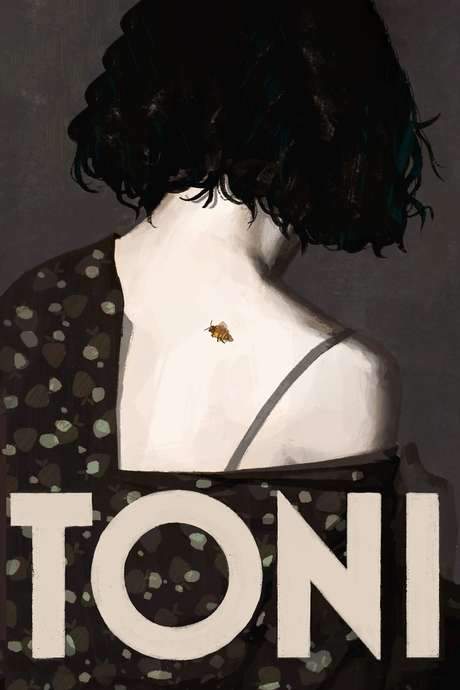
The Vintage
Year: 1957
Runtime: 92 mins
Language: English
Director: Jeffrey Hayden
A young Italian fugitive on the run seeks refuge in a Provençal vineyard, where he and his older, protective brother blend in with the seasonal grape pickers. Among the sun‑baked rows they encounter the raw, primal world of the workers, confronting lust, violence and survival in a stark, earthy setting.
Warning: spoilers below!
Haven’t seen The Vintage yet? This summary contains major spoilers. Bookmark the page, watch the movie, and come back for the full breakdown. If you're ready, scroll on and relive the story!
The Vintage (1957) – Full Plot Summary & Ending Explained
Read the complete plot breakdown of The Vintage (1957), including all key story events, major twists, and the ending explained in detail. Discover what really happened—and what it all means.
Ernesto Barandero [John Kerr] and Giancarlo Barandero [Mel Ferrer] are two Italian brothers who become fugitives after a deadly accident. They slip across the border into France hoping to find honest work picking grapes and carve out a quieter, safer life away from the shadows of their past. The film follows their tentative steps into a new world, where hope bumps against suspicion and the fragile tides of village life.
When they arrive at the vineyard of Louis Morel [Leif Erickson], he’s away, leaving his wife Leonne and their younger sister‑in‑law Lucienne [Pier Angeli] to contend with the newcomers. The brothers are offered shelter in a small shack where Louis’s elderly uncle Ton Ton also stays, a precarious arrangement that tests everyone’s patience. Lucienne brings them food, and her warmth stirs a quiet, complicated attraction, especially as Etienne Morel [Jack Mullaney], Louis’s jealous circle, watches with growing unease.
A Spanish crew led by Eduardo Uribari [Theodore Bikel] is willing to hire Ernesto and Giancarlo, offering a path to steady work in the fields. Yolande Morel [Nicole Sebag], Louis and Leonne’s daughter, discovers Ernesto carving a sculpture of her mother, an act that fills her with a mix of curiosity and sentiment. He asks her to keep the moment private, careful not to stir the pot of suspicion that already surrounds the brothers.
Tensions rise as Etienne tries to push the newcomers out, and the police are tipped off with the aim of driving them away. Louis, dependent on this year’s harvest, is torn between necessity and his own reservations, and eventually he relents, letting the men stay so that the crop won’t fail. The solidarity in Eduardo’s crew gives Ernesto and Giancarlo a sense of belonging they had not anticipated, even as the suspicion around them bleeds into everyday life.
Misunderstandings erupt when a chicken thief is blamed on Giancarlo. The dogs chase the wrong culprit, and Louis’s frustration turns into a personal accusation that cuts deep. Lucienne comes to Giancarlo’s defense, and soon the couple’s connection deepens. The discovery of a sculpture of Leonne, found in the moment of rising suspicion, becomes a spark that makes Louis question his wife’s fidelity, and she responds with a sharp slap that echoes through the quiet vineyard.
Behind the scenes, Uncle Ton Ton’s own mischief is revealed: he has been raiding the chickens and trading them for cheap chocolate, a detail that complicates loyalties and further unsettles the household. Yet the brothers’ presence continues to expose the possibility of a new life somewhere else and the potential happiness that might be found if circumstances allow it.
As the tension reaches a breaking point, Ernesto realizes that Giancarlo could truly find happiness with Lucienne, including a modest dowry that would bring a small vineyard into their future. Ernesto makes the painful choice to flee alone, keeping faith with his own instinct to protect his brother’s chance at peace. The police arrive just as Yolande calls out Ernesto’s name, and he is fatally shot in a moment that underscored the fragility of their fragile refuge.
With Ernesto gone and Giancarlo left to reckon with what could have been, the story closes on a note of quiet resilience. Giancarlo holds onto the possibility of a fresh start with Lucienne, and the film leaves him carrying the memory of his brother’s courage as he steps toward a life that might finally be its own kind of redemption.
Last Updated: October 09, 2025 at 09:24
Unlock the Full Story of The Vintage
Don't stop at just watching — explore The Vintage in full detail. From the complete plot summary and scene-by-scene timeline to character breakdowns, thematic analysis, and a deep dive into the ending — every page helps you truly understand what The Vintage is all about. Plus, discover what's next after the movie.
The Vintage Timeline
Track the full timeline of The Vintage with every major event arranged chronologically. Perfect for decoding non-linear storytelling, flashbacks, or parallel narratives with a clear scene-by-scene breakdown.

Similar Movies to The Vintage
Discover movies like The Vintage that share similar genres, themes, and storytelling elements. Whether you’re drawn to the atmosphere, character arcs, or plot structure, these curated recommendations will help you explore more films you’ll love.
Explore More About Movie The Vintage
The Vintage (1957) Scene-by-Scene Movie Timeline
The Vintage (1957) Movie Characters, Themes & Settings
The Vintage (1957) Spoiler-Free Summary & Key Flow
Movies Like The Vintage – Similar Titles You’ll Enjoy
Back to Burgundy (2018) Film Overview & Timeline
From the Vine (2019) Detailed Story Recap
The Little Gangster (1990) Detailed Story Recap
Stranger on the Prowl (1952) Story Summary & Characters
Paris Pick-Up (1962) Full Movie Breakdown
Under the Olive Tree (1950) Plot Summary & Ending Explained
Harvest (1937) Movie Recap & Themes
Toni (1935) Movie Recap & Themes
The Stolen Children (1992) Movie Recap & Themes
Vendetta (1950) Detailed Story Recap
The Law (1959) Full Summary & Key Details
The Vintner’s Luck (2009) Detailed Story Recap
Blood and Wine (1996) Complete Plot Breakdown
The Big Risk (1960) Ending Explained & Film Insights
Lookin’ Italian (1994) Ending Explained & Film Insights

















